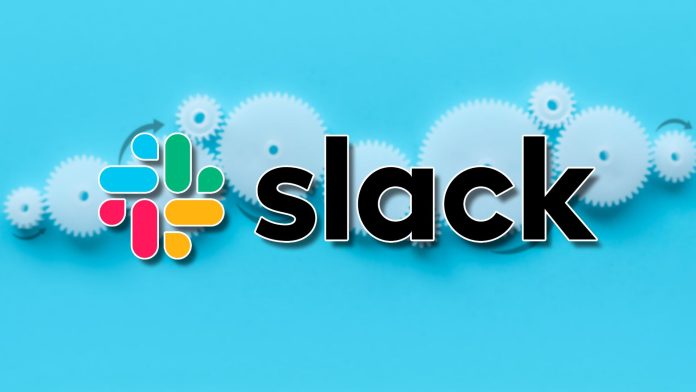In today’s fast-paced small business landscape, keeping up with a barrage of information can feel overwhelming. A recent Gartner survey highlighted a significant challenge: 36% of digital workers miss essential updates, while 32% make incorrect decisions due to being inundated by various apps and information overload. But what’s the solution? Enter artificial intelligence (AI) and machine learning (ML), which promise to streamline operations and enhance productivity.
Imagine a work environment where employees can effortlessly access vital information without the hassle of flipping between different applications. AI tools, particularly those integrated into platforms like Slack, are beginning to transform this vision into reality. By centralizing data and automating routine tasks, these technologies can empower small businesses, enabling more efficient decision-making.
Differentiating AI from ML is essential. While AI refers to the broader capability of machines to perform tasks that would typically require human intelligence—like understanding language and making complex decisions—machine learning is a specific branch of AI that focuses on systems learning from data without explicit programming. This allows for predictions or insights based on patterns found within data. According to research from Slack’s Workforce Lab, the push for AI adoption is yielding impressive results, with about 80% of desk workers using AI tools reporting increased productivity and heightened job satisfaction compared to those who do not.
One practical application of AI within a business environment is automation. Slack’s AI-powered Workflow Builder allows employees to automate mundane tasks, significantly reducing the potential for errors and freeing up time for more critical responsibilities. For instance, a Fortune 100 financial planning firm centralized its support processes in Slack, allowing employees to troubleshoot in a single channel, which leads to faster resolutions and minimizes the time spent on unnecessary queries.
Timely access to accurate data is crucial. Many small businesses face the dilemma of needing information to complete tasks while juggling email, customer relationship management (CRM) systems, and other communication channels. Slack’s AI capabilities address this challenge directly. Employees can simply ask Slack for key reports or to summarize discussions, eliminating the barriers to information access. “You might need to check your email or CRM, or message a co-worker to find it. AI removes barriers, helping you find answers quickly,” highlights the utility of AI in fostering a streamlined workflow.
As AI and ML technologies gain traction, small businesses should weigh the potential challenges alongside the benefits. One concern is the ethical aspect—particularly regarding data security and privacy. Businesses must navigate a complex landscape of regulations and ethical considerations, especially when implementing AI systems that manage sensitive information.
Moreover, it’s important to understand that while ML models can provide insights based on specific tasks, their scope is narrower compared to AI systems. AI tools can connect teams, apps, and data across departments, offering broader organizational support. Small businesses should carefully consider their needs when selecting AI tools to ensure they choose solutions that will deliver value.
Real-world examples underscore the transformative potential of AI. In healthcare, AI systems can expedite patient information sharing securely and efficiently. For instance, a healthcare technology company used Slack to allow scientists to monitor experiments remotely, substantially speeding up results and improving workflow management. In retail, ML-driven tools have helped businesses personalize customer interactions, drastically improving service quality and satisfaction while reducing complaint resolution times by 80%.
For small business owners, the integration of AI and ML could be a game-changer, unlocking new efficiencies and driving innovation. By automating routine tasks and enhancing data access, these technologies can help reduce operational costs and increase revenue potential. As the demand for AI tools continues to rise, understanding their applications will be crucial in maintaining a competitive edge.
For small businesses looking to harness these advantages, considering the implementation of AI and ML tools may be one of the best strategic decisions in today’s digital-first marketplace. The journey may come with challenges, but the potential rewards—such as skyrocketing productivity and more engaged employees—are well worth the investment.
To delve deeper into AI’s role in modern workplaces, check out the comprehensive overview on Slack’s blog here.
Image Via Envato: rfaizal707



